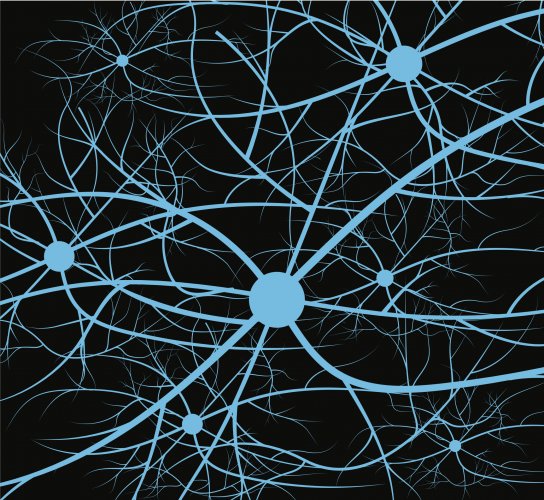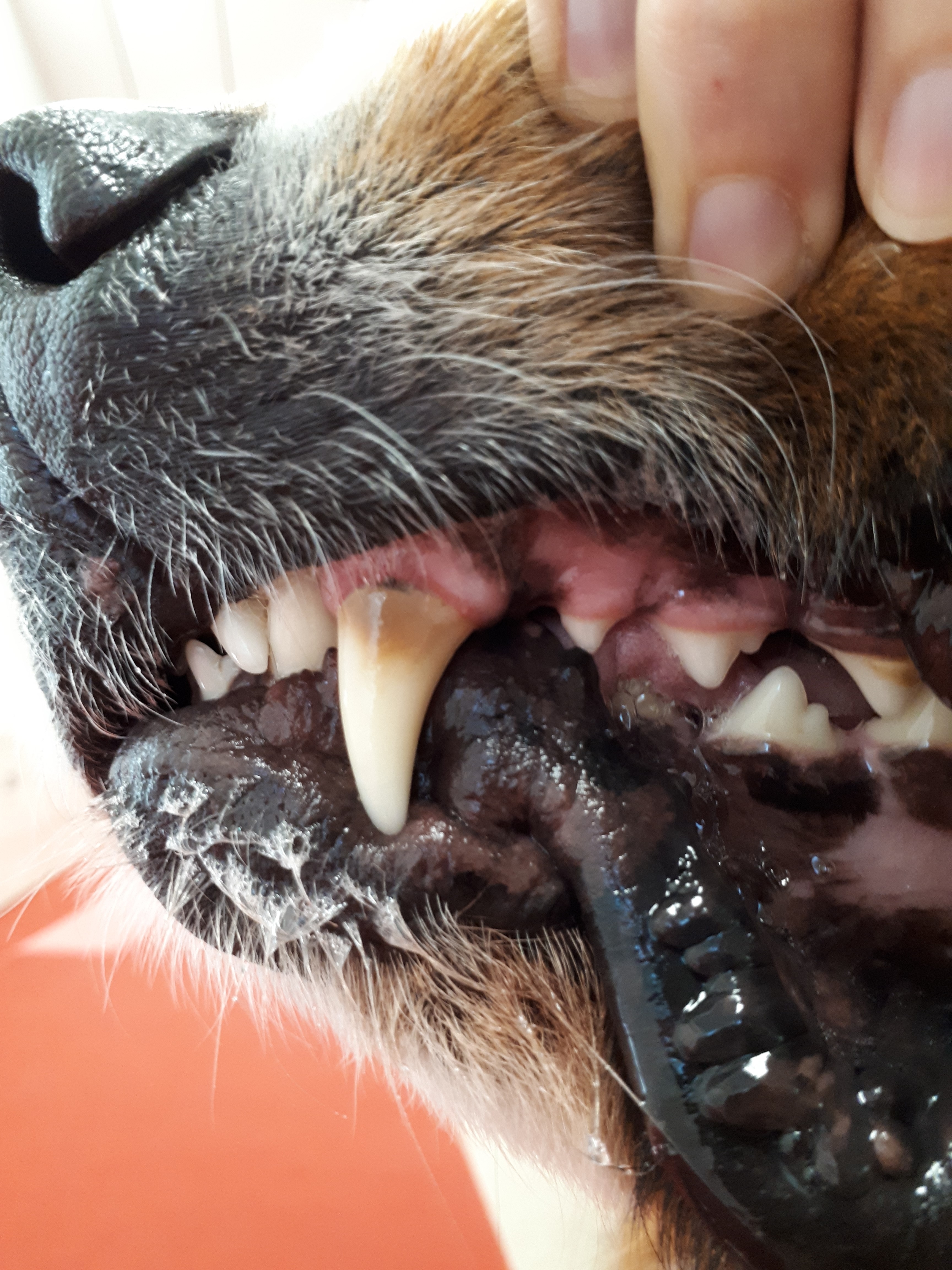This study characterised the [18F]2-deoxy-2-fluoro-D-glucose positron emission tomography (FDG-PET) findings of encephalitis in dogs and analysed the role of FDG-PET in the diagnosis of meningoencephalitis. On the FDG-PET, glucose hypometabolism was identified in dogs with necrotizing meningoencephalitis (NME) but hypermetabolism was noted in a dog with granulomatous meningoencephalitis (GME). The metabolic changes on the brain FDG-PET aligned well with the hyper- and hypointense lesions seen on magnetic resonance imaging. This type of tomography (FDG-PET) helped differentiate different types of inflammatory meningoencephalitis when all diagnostic data was combined.

Correlation between fluorodeoxyglucose positron emission tomography and magnetic resonance imaging findings of non-suppurative meningoencephalitis in 5 dogs.
Kang, B.T. et al.
 Purina: Your Pet, Our Passion
Purina: Your Pet, Our Passion





